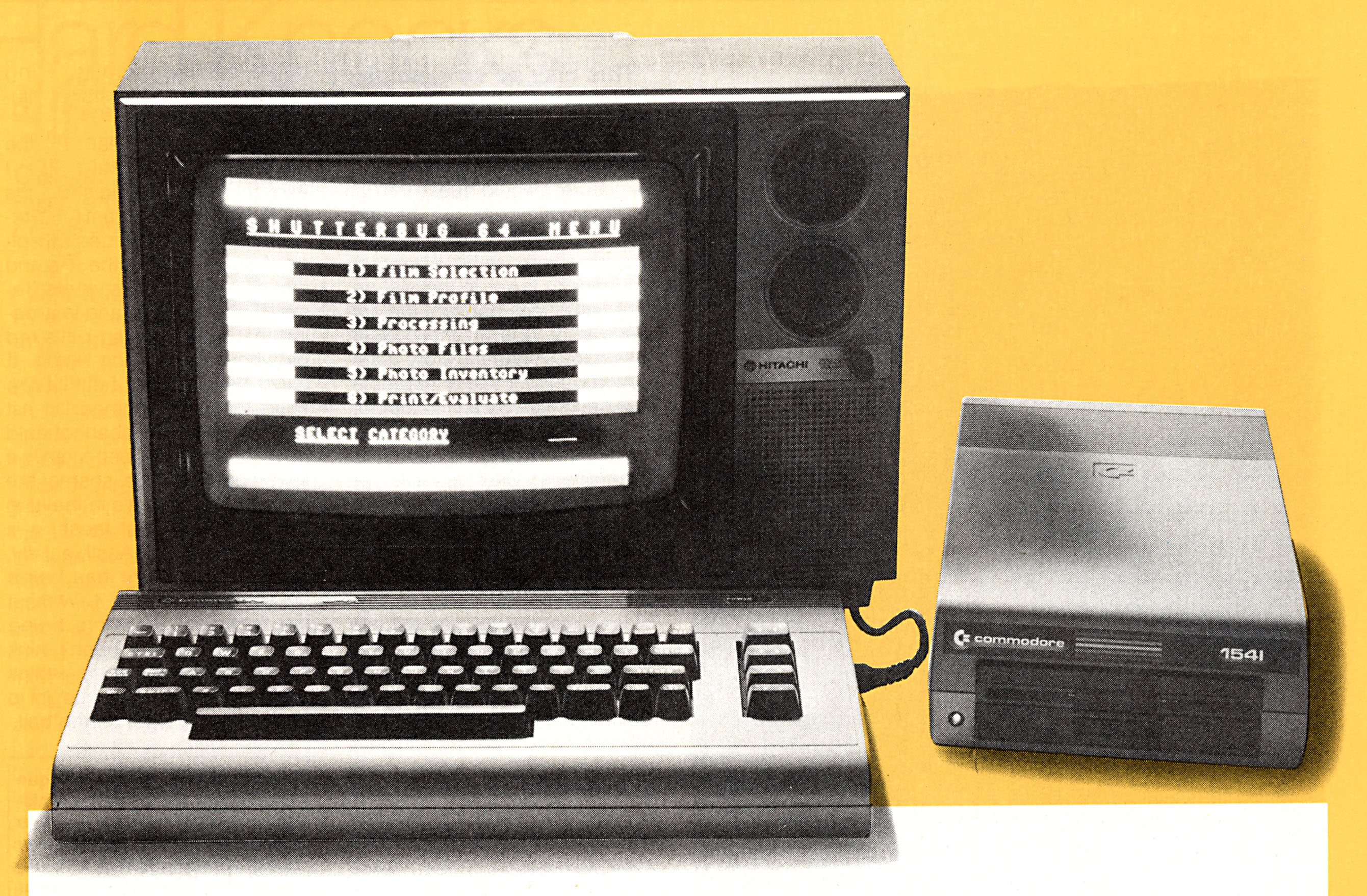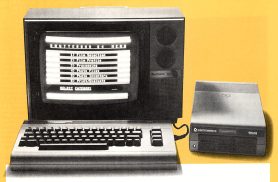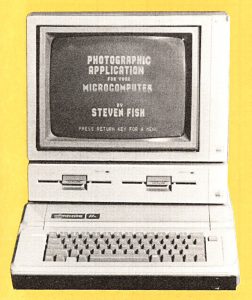
For the first 50 editions of my Keppler’s Vault series, I’ve brought to you articles from the late 1940s through the late 1960s from a variety of publications on topics that I thought were interesting enough to share.
So with this, the 51st edition of Keppler’s Vault, you might think it’s very strange to see that I have an article from August 1984, but if you’ll give me a chance to explain I feel that it very much belongs in this series.
Compared to a modern digital camera, old Kodak folders, German rangefinders, or Japanese SLRs might seem completely foreign, but if someone were to take a few minutes to read the manual, they’d see that these old cameras aren’t much different from the modern ones they’re used to. In most cases, a 70 year old camera can shoot many of the same pictures as a modern digital mirrorless, so in that regard, I’d consider many classic cameras to still be very usable today.
In August 1984, Modern Photography wrote an article about how microcomputers might be useful to photographers. Where a camera collector would consider a camera from 1984 to be practically brand new, a computer from 1984 is down right archaic. Old computers are very difficult to use today and often require old software on floppy discs which may or may not work anymore. Even if you do manage to get them to work, the technology has changed so much over the past 35 years that getting any practical use out of them is slim to none. So in a way, this article from 1984 covers an aspect of photography that’s so old and out of date, that it’s far less usable than the oldest camera I could ever write about.
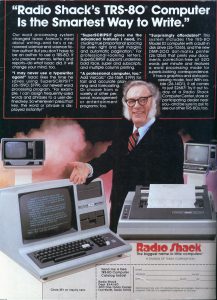
This article talks about classic desktop computers like the Commodore 64, Apple II, Atari 800, and the Radio Shack TRS-80, but it also mentions portable ones like the NEC PC-8201A and Hewlett-Packard 75-C. It has a short glossary of computer terms that the typical photographer in 1984 might have never heard before such as byte, operating system, and RAM.
There’s a lot of talk about how a computer might be helpful to a photographer to keep track of inventory or printed slides, but very little of it discusses actual software programs that were available at the time.
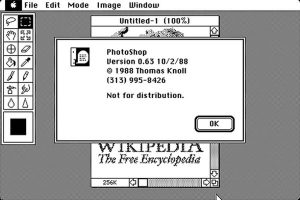
If you’re hoping to find a reference to Adobe Photoshop, don’t bother as the first usable alpha version of Photoshop didn’t exist until October 1988 and the first retail version not until 1990, six years after this article was written.
Interestingly, for as out of date as the technology in this article is today, some of the advice is still relevant which is that no matter what computer you have, you still need to stay organized. If you want to keep an inventory of slides or photographic equipment, you need to have a consistent way of knowing where they are. If I inventoried all my cameras into a spreadsheet, it wouldn’t be helpful if I made no attempt to keep track of where that camera actually is in my house. The article also says that some purpose built applications can be created by programming it yourself, and with a constant flow of new smartphone apps being developed on a constant basis, people are doing just that today.
There was enough buzz about the personal computer in 1984 for Modern Photography to dedicate nearly 7 pages to it, and they made the bold prediction that computers would become more and more useful to photographers in the years to come. We now have the benefit of hindsight to declare that they were correct in assuming that computers would play a major role in photography. They may not have completely understood how it would happen, but it definitely did.
All scans used with permission by Marc Bergman, 2019.

